Cleaning
How To Get Rid Of Midges For Good:15 Easy Tips & Solutions
Annoying insects that fly around our faces and take bites out of our skin can be so small that an individual midge will go unnoticed until it’s too late and you get bitten. Large populations of midges can be a considerable nuisance. This post will help you identify the insect and take measures around your property, so you know how to get rid of Midges and enjoy your patio with little worry about irritation. There are a few simple ways to control an infestation that has gone out of hand. With these professional tips, you can stop midges from infesting your home and quickly get control.
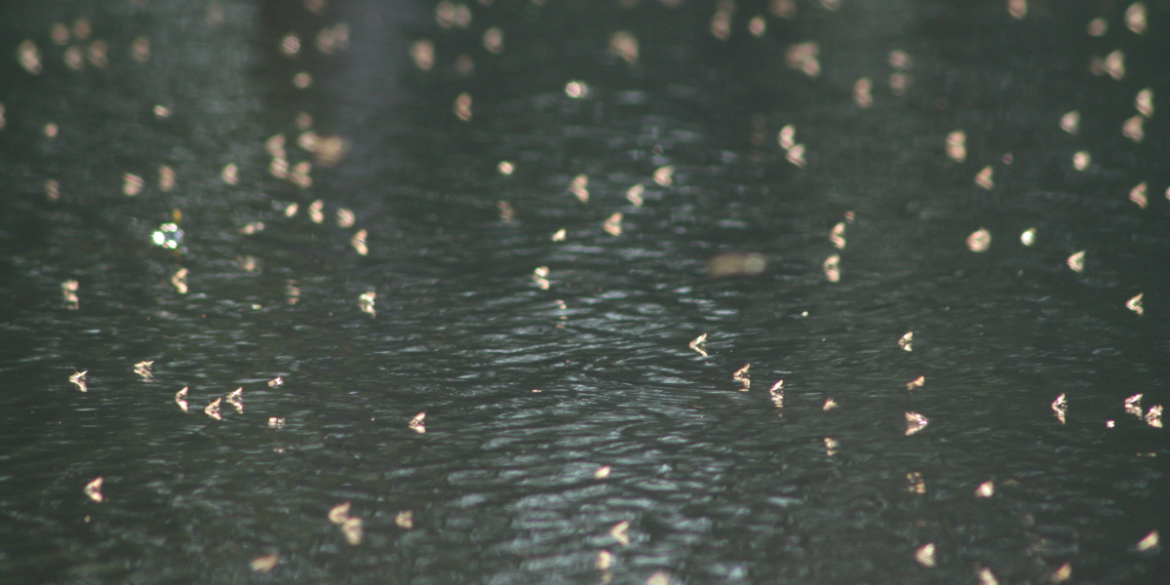
Midges are tiny little insects that appear in swarms by the thousands near water. They can cover your car, house, and you in seconds. While some don’t bite or spread disease, their sheer numbers can make you go crazy and into an irritated frenzy. They can be known as:
- Non-biting midge
- Lake flies
- Sandflies
- Bay flies
- Muckle heads
- Muffle heads
- Canadian soldiers
- American soldiers
- Blind mosquitoes
- Chizzy winks
The first thing you should do in any pest control plan is identify exactly what you’re dealing with. Careless identification can lead to the wrong treatment methods, costing you time and money.
There are many different types of midges, but non-biting and biting midges are the more familiar midges you may come in contact with.
Non-biting midges
- Non-biting midges are officially known as Chironomidae.
- There are over 10,000 species worldwide.
- Non-biting midges look similar to mosquitoes.
- Most non-biting midges grow to be less than 3/8 of an inch in length.
- They have one pair of wings.
- Long and narrow legs.
- Males have feathered antennae.
- The larvae of non-biting midges can be found in stagnant water and are often referred to as blood worms for their red color.
- They live most of their lives as larvae or bloodworms in standing water, aquatic or semiaquatic habitats, including tree holes, rotting vegetation, soil, sewage, and artificial containers.
- The adults feed off fresh fly droppings, nectar, pollen, and other sugar-rich foods.
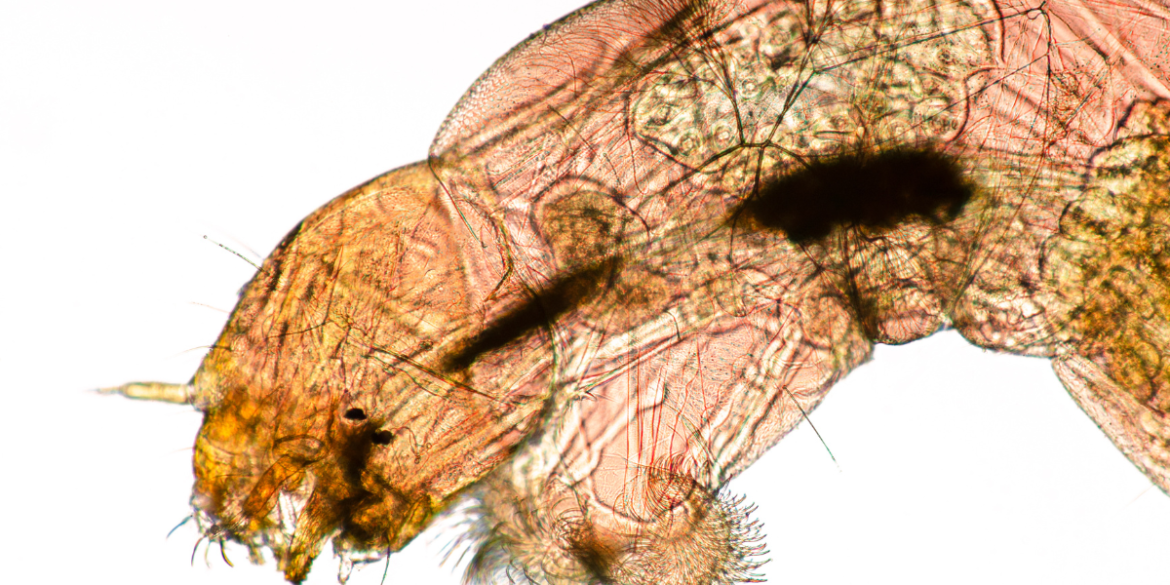
Biting midges
- Biting midge, also known as Ceratopogonidae or No-See-Ums
- There are over 5000 species worldwide
- Biting midges are grey in color
- They grow to be less than 1/8 of an inch in length
- They are smaller than most mosquitoes.
- They live in damp or boggy ground.
- They move around in their millions, meaning escape is not an option!
- They’re active between April and September and can be so bad that they can prevent people from working outdoors.
- Female midges have long piercing proboscis, and their mouths are well-developed for cutting the skin of their host. To suck blood, the female biting midge has saw-like mouthparts and mandibles that are adapted for blood-sucking
- Some species prey on other insects.
- Females feed on the blood of vertebrates, including humans, to get protein for egg-laying.
- Male midges do not bite or suck blood
The life cycle of a midge
The midge’s life cycle is a little unusual.
- The adults just live 3-5 five days and have a very short life cycle. Because of this, they have a simple course in life, to mate before they die.
- They swarm in giant clouds in warm weather, trying to find a mate. It becomes a frenzy to reproduce.
- The females lay their eggs on the water’s surface, then the eggs sink and can spend the whole winter in the water.
- Their larvae then develop into subadults and emerge into adults from the water’s surface.
Why are midges here? Do they serve a purpose?
- Midges serve solid ecological roles as far as food is concerned. Bloodworms are eaten by many fish.
- Birds like Swallows, House Martins, and other insects like dragonflies eat adult midges.
- They are not carriers of disease.

This post contains affiliate links, and The Organizer UK may earn commissions for purchases made through the links in this post. For more details, see here. Thank you so much for your support!
How to get rid of midges around your home.
Here are some treatments and preventative measures to keep your home and garden midge free.
- Inspection
Inspection is the first phase of any good pest control plan. Once you know what the pests look like, check around your property to confirm their presence or find hotspots of activity.
- Check around standing water.
Midgies don’t travel far from their breeding grounds, so look where standing water can occur around your property and deal with it immediately.
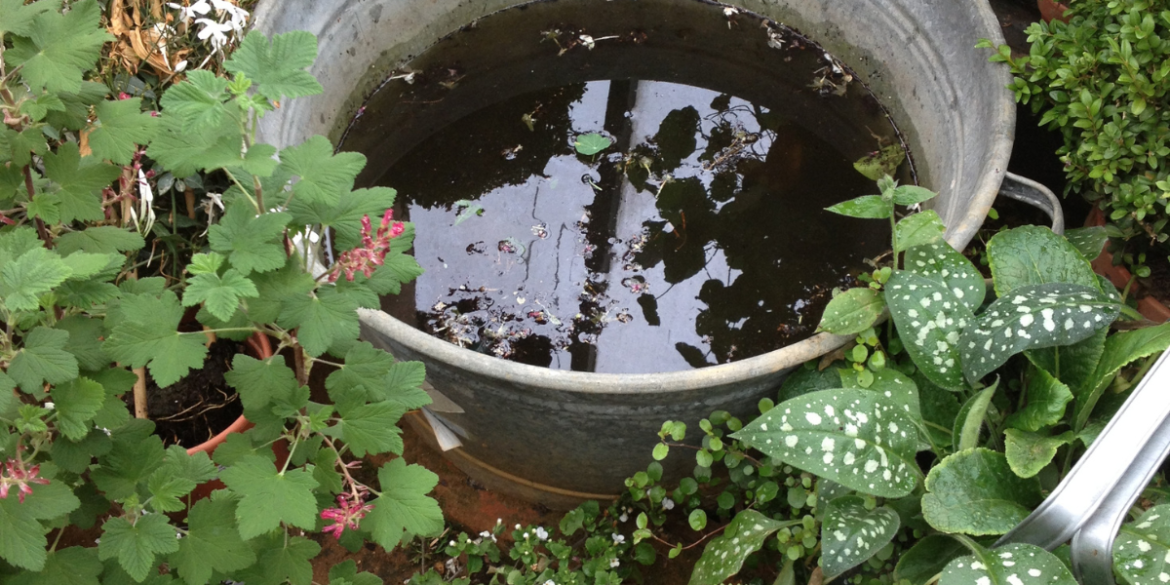
- Check for poor soil drainage.
Check where the soil may be compacted in your garden. Check for spots that drain poorly and cause stagnant water pools. Aerate your lawn to promote better air circulation in your soil.
- Check for man-made sources of stagnant water.
Bird baths, swimming pools, fish ponds, garden buckets, pet water bowls, water butts, and paddling pools can attract midges to lay eggs. If you keep man-made water sources like birdbaths, drain them and store them upside down whenever they are not in use. Keep it covered if you have a pool so midges or other insects can’t access the water.
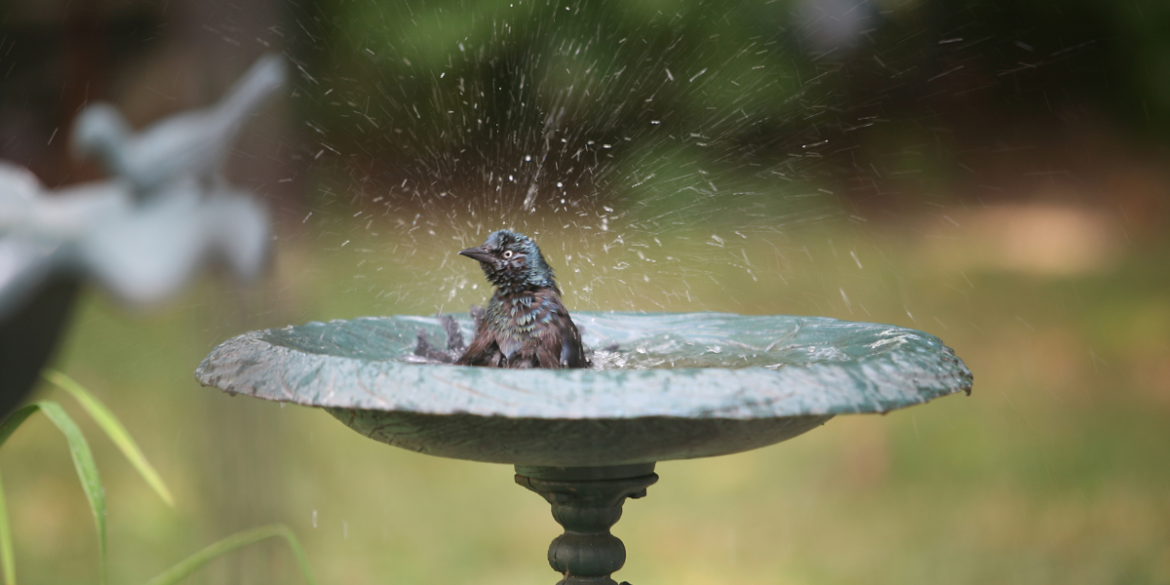
- Check bodies of standing water for larvae.
If you’re dealing with non-biting midges, you can check standing bodies of water for larvae. The bloodworms are small but visible, growing as large as a quarter of an inch in length.
If you’re dealing with biting midges, you’re better off looking for the adults, as their larvae are hard to see with the naked eye. While a single adult midge can be hard to spot, you’ll often see them in swarms or resting on outdoor surfaces. - After identifying your pest and inspecting for activity on your property. It’s time to start treatment.
Before beginning any treatment, wear your personal protective equipment or PPE and keep all people and pets off the treated areas until dry.
- Treat the developing midges.
To get rid of midges on your property, you will need to use insecticides like this one with Insect Growth Regulator – keep in mind these products target adult midges and will disrupt the midge’s life cycle, reducing egg-laying and preventing larvae from developing into reproducing adults.
There are larvicides labeled to treat developing images, but the amount of product you would need to use is not recommended for the environment, nor is it economical. - Apply the insecticide to outdoor surfaces.
Apply the insecticide to where you’ve seen midges at rest. Sites of treatment include garages, tree trunks, shrubbery, and many other areas. Be sure to apply the insecticide on every surface that you see the midges rest.
Also, focus treatment around outdoor lighting fixtures and windows as midges or other flying insects are attracted to these light sources at night. - Turn off all outside lights until after sundown.
Prevention is essential to keeping pests in check, even after applying pesticides.
Reduce outdoor lighting because midges, like many other flying insects, are attracted to light. Avoid turning on outdoor lighting until after sundown since most flying activity occurs during that time. - Keep up with pesticide applications.
To stop midges from breeding on your property, you’ll need to keep up with regular pesticide applications as your property can quickly repopulate with midges coming into your garden from outside the treated area. Make applications as necessary when activity is noticeable. Midges can reproduce rapidly and become major pests.
- Tidy up bushes, trees, plants and foliage.
Trim back tree branches, bushes, and shrubs to reduce shade, and encourage evaporation to prevent midges, mosquitos, and other flying pests.
- Use a midge trap.
Midge traps like these ones work by mimicking humans. They release CO2, moisture, and heat.
Once the midges are drawn in, they’re sucked into a glue trap. - Wear an insect repellant
This midge repellant with deet blocks the antennal receptors of biting insects so they can’t smell you. This one will keep you protected from the midge’s bite for up to 9 hours and is safe for anyone over 12 yrs to use.
- Burn a Citronella Oil candle
If you are camping or sitting outside, try burning Citronella garden candles like these ones to deter the garden midges. You can also burn a Citronella incense coil like this one.
- Make a homemade trap.
You can make an indoor trap by putting apple cider vinegar in a bowl with a drop of washing-up liquid. Cover with cling film, then make a small piercing in the cling film. Place by doors and open windows to catch flying insects.
FAQ
Knowing how to get rid of biting midges will help you avoid the midge feeding frenzy when you set up camp.
✔️ Burn pine oil in a diffuser or light citronella candles
✔️ Midge traps like this one are great for getting rid of midges outside.
✔️ Use a midge net like this one.
Check the drainage in your grass to ensure the earth isn’t holding water. If it is sodden, aerate the area using an aerator like this one.
Getting rid of midges in the garden can be done naturally by using essential oils like pine and citronella oil
The battle against midges is neverending, but by following the steps above, you can determine what attracts them in your garden and use measures to eliminate them.
Wear a midge repellant with DEET that blocks antennal receptors of midges so they can’t smell you and will move on to someone else
Lemon Balm, Sage, Marigolds, Rosemary, Lavender, and Basil are all plants thought to keep flying insects away.
Hang these sticky traps from your plants to repel midges.
The last thing you need is biting midges in the house. Follow these steps and find out how to stop midges from coming into the house.
✔️ Keep windows and doors closed.
✔️ Keep plants and bushes near windows neatly trimmed back.
✔️ Keep bins empty.
✔️ Keep fruit bowls covered
Smoke from the BBQ is a great repellent to midges.
Any repellant containing DEET will stop the midges from smelling and biting you.
Cleaning related posts:
-
Calling all dog owners: How to clean fake grass

If you own a beautiful artificial grass lawn, then cleaning it is as essential as keeping real grass well-maintained. Controlling pets is part of this process and can be one of the most challenging tasks, given that dog pee or poop on fake turf causes unpleasant odors and messes. We’re here to help with our…
-
How to clean artificial flowers the easy way
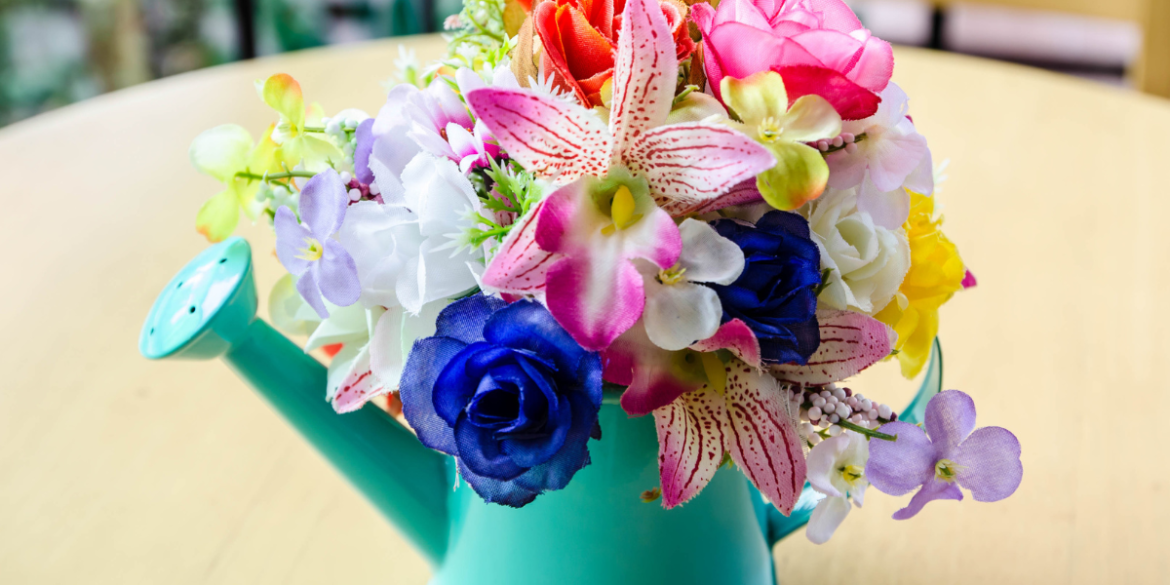
Do you love adding flowers to your household decorations but want a way to save time and money? Artificial flowers are an excellent alternative, as they offer the chance to spruce up any room without needing daily care. But it’s important that if you use faux blooms, then you keep them in good condition. To…
-
How to clean mold out of a fridge
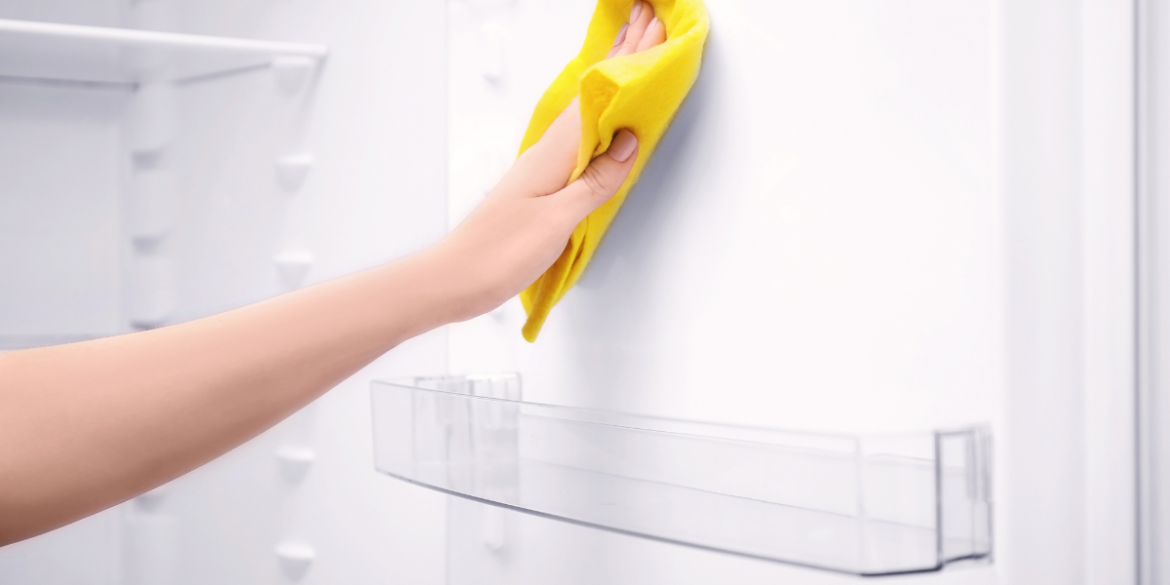
Mold is a common problem in refrigerators and can be a major headache if not dealt with properly. Mold must be dealt with promptly and efficiently to avoid health problems. If you notice a musty smell, visible growth, or fungus spots in your refrigerator, it may indicate the presence of mold. So what do you…
-
How to get crayon off wood: Easy ways!
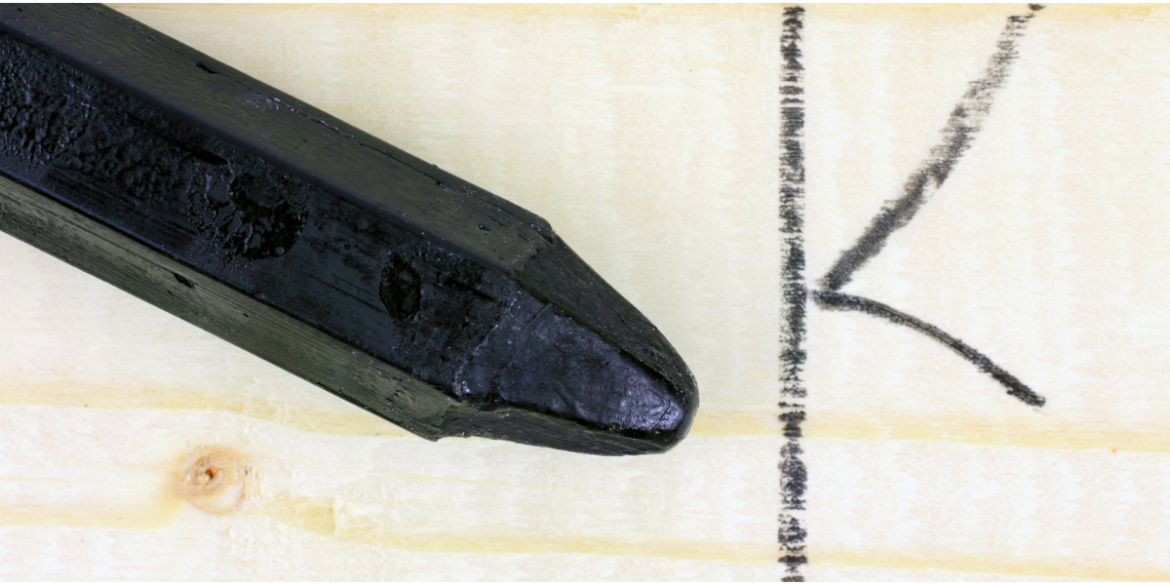
Are you looking for the best way to remove crayon marks from your wood furniture? Don’t worry; we’ve got the perfect solution. Today, we will show you exactly how easy it is to keep your wooden surfaces spotless with simple tips anyone can do! Keep reading for more information about supplies and easy step-by-step guidance…
-
How To Remove Mildew Smell From Clothes

There’s nothing worse than when your clothes smell musty, especially if you don’t realize it until you are out of the house. It can be tough to get the mildew smell out of clothes once they have been dried. This post gives you some easy-to-follow tips to remove mildew smells from clothes and keep your…
-
How to get rid of carpet moths for good
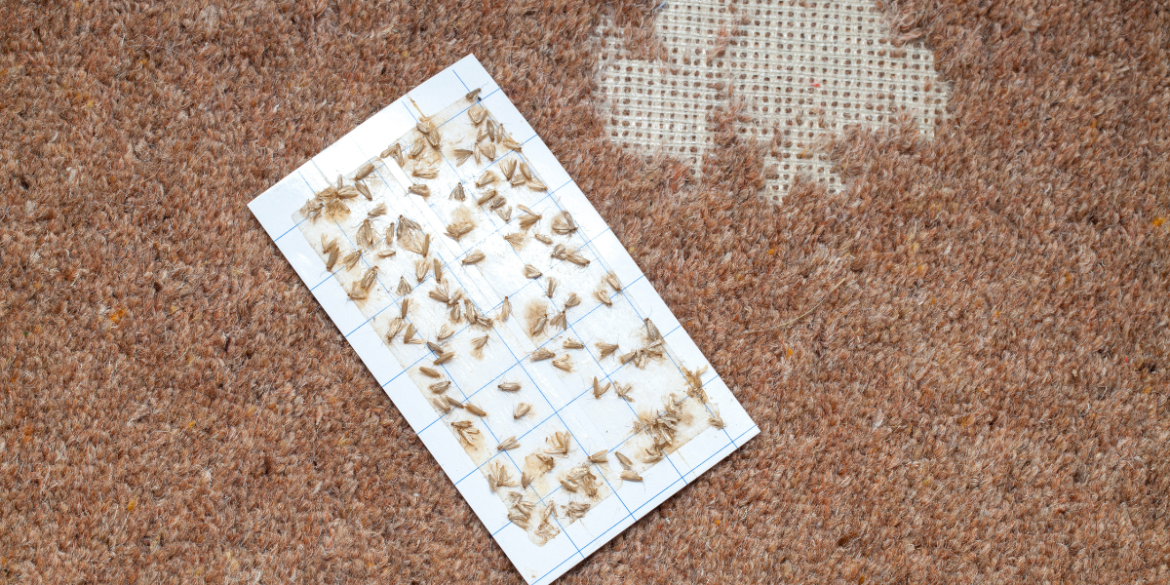
If you’ve noticed some carpet moth damage to your carpets and rugs or have seen signs of actual carpet moths, then it’s time to learn how to identify them and know the best way to get rid of them. In this blog post, we will look at the facts you need, including what a carpet…
-
How to get crayon out of carpet

You never know when an impromptu art session might take place at home! Unfortunately, that creative energy can sometimes leave a mess in the form of wax crayon scribbles on your once-pristine carpet. Fortunately, you don’t need to worry about how to get crayon out of carpet, it is as simple as following a few…
-
How To Get Milk Smell Out Of Carpet

Have you ever had to deal with a milk spillage on your carpet? If you are a parent, then you’re not alone. Milk spills can be a nightmare to clean up! Not only does it leave behind an awful smell, but it also leaves unattractive milk stains in its wake. While some may think that…

